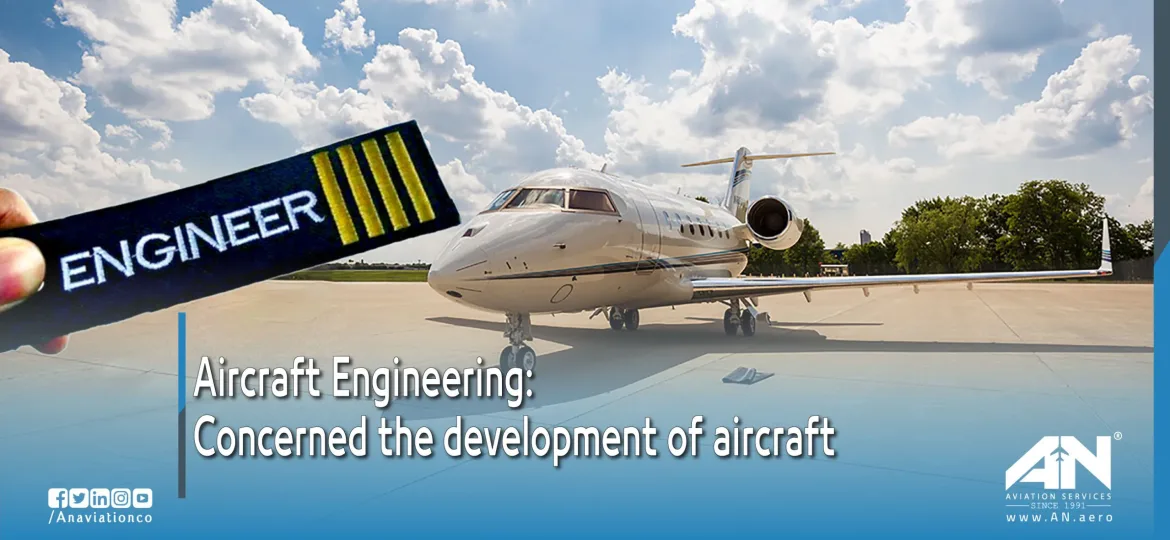
From the sleek, high-speed jets of today to groundbreaking designs of the future, aircraft engineering is the cornerstone of innovation in the aviation industry. It’s a multidisciplinary field, drawing on mechanical engineering, aerospace engineering, and problem-solving expertise to create safe, efficient, and high-performing aircraft. Aircraft engineers not only design planes but also ensure they meet rigorous safety standards while adapting to technological advancements and environmental concerns.
In this article, we’ll delve into the fascinating world of aircraft engineering, its key areas of focus, and the qualifications required to join this challenging yet rewarding profession.
What is Aircraft Engineering?
Aircraft engineering involves the design, construction, testing, and maintenance of aircraft. Engineers in this field focus on every stage of an aircraft’s lifecycle, from conceptual sketches to prototype development and eventual certification for flight. It’s an essential component of the aviation industry, ensuring aircraft not only perform as expected but also adhere to strict safety regulations and sustainability requirements.
Aircraft engineers typically specialize in one of two main disciplines:
- Aeronautical Engineering: This focuses on traditional aircraft that operate within Earth’s atmosphere, such as commercial jets and military planes.
- Aerospace Engineering: While it overlaps with aeronautical engineering, aerospace engineering includes spacecraft, such as rockets and satellites, designed for space exploration.
The unifying factor is a commitment to problem-solving, innovative aircraft designs, and optimizing performance.
The Role of an Aircraft Engineer
Aircraft engineers work behind the scenes to bring aircraft to life. Their responsibilities can vary depending on their area of specialization, but typically include:
- Design and Development: Engineers conceptualize the structure and systems of an aircraft, ensuring it’s both aerodynamically efficient and capable of withstanding the demands of flight. Advanced computer-aided design (CAD) tools and simulation software are used to test their ideas virtually.
- Safety and Compliance: Aircraft engineers ensure their designs meet the safety requirements set by aviation authorities. Aircraft must pass rigorous testing to earn certifications that allow them to carry passengers or cargo.
- Problem-Solving: Engineering often involves addressing challenges, such as reducing fuel consumption, improving flight performance, or enhancing structural integrity.
- Maintenance Oversight: Engineers are also involved in routine and emergency maintenance to ensure the continued airworthiness of aircraft. They analyze wear-and-tear patterns to predict and prevent potential issues.
Key Areas of Expertise in Aircraft Engineering
- Aerodynamics: This involves studying how air flows around an aircraft, focusing on lift, drag, and overall efficiency. Optimizing aerodynamics ensures an aircraft can fly farther and faster while using less fuel.
- Structural Engineering: Aircraft structures must be lightweight yet durable. Engineers use advanced materials, such as carbon fiber composites, to balance strength with reduced weight.
- Propulsion Systems: Designing and maintaining engines, whether jet turbines or more sustainable alternatives, is critical for ensuring reliable performance.
- Avionics and Control Systems: Modern planes rely on cutting-edge technology for navigation, autopilot, and communication. Engineers specializing in avionics develop and maintain these systems.
- Sustainability Efforts: With growing environmental concerns, engineers are tasked with developing mechanical systems and fuel-efficient designs that lower greenhouse gas emissions and reduce environmental impact.
The Path to Becoming an Aircraft Engineer
Education Requirements:
To start a career in aircraft engineering, aspiring professionals typically need an engineering degree in one of the following fields:
- Aerospace Engineering: Covers both aircraft and spacecraft design and functionality.
- Mechanical Engineering: Offers a broader focus, with specialization opportunities in aerodynamics and propulsion.
- Aeronautical Engineering: Concentrates on aircraft systems and their operations.
Universities worldwide offer specialized programs, combining classroom learning with hands-on training in labs and simulators.
Professional Qualifications:
After obtaining a degree, additional certifications are often required, depending on the region and role. For example, in the United States, engineers may seek certifications from the Federal Aviation Administration (FAA), while other countries may have their own governing bodies.
Problem-Solving and Skill Development:
Beyond technical expertise, aircraft engineers must have strong analytical skills and the ability to think critically. Many engineering problems don’t have simple solutions, requiring innovative thinking to balance competing priorities such as safety, cost, and performance.
Aircraft Engineering and Innovation
Advancements in Aircraft Design:
Over the years, aircraft engineering has introduced remarkable innovations that have transformed aviation. Modern planes feature:
- Advanced Avionics: Systems such as autopilot and collision avoidance provide safer and more efficient flights.
- Improved Fuel Efficiency: Aircraft like the Boeing 787 Dreamliner and Airbus A350 incorporate lightweight materials and advanced aerodynamics.
- Expanded Passenger Comfort: Features like larger windows, quieter cabins, and better pressurization contribute to an enhanced passenger experience.
Sustainability Goals:
The aviation sector is increasingly focused on reducing its environmental footprint. Engineers are exploring solutions like sustainable aviation fuels (SAF), blended wing designs, and electric propulsion systems to lower emissions and reliance on fossil fuels.
Challenges in Aircraft Engineering
While the field offers countless opportunities for innovation, it also comes with its challenges. Engineers must balance competing priorities:
- Safety vs. Cost: While safety is always the priority, engineers must work within budgetary constraints.
- Rapid Technological Changes: Advancements like artificial intelligence (AI) and autonomous systems require constant upskilling.
- Environmental Pressures: Addressing climate change concerns is one of the most significant challenges for the industry today.
Despite these challenges, the rewards of contributing to groundbreaking aviation technologies make aircraft engineering an incredibly fulfilling career.
Conclusion: Shaping the Future of Flight
Aircraft engineering is the backbone of modern aviation, blending creativity with technical expertise to make air travel possible. From ensuring the safety of commercial airliners to designing next-generation planes, aircraft engineers are at the forefront of innovation.
As the aviation industry continues to grow and adapt to challenges such as sustainability and rising demand, the role of skilled engineers will remain critical. Whether you’re an aspiring engineer or simply an aviation enthusiast, understanding the importance of aircraft engineering highlights the extraordinary efforts that keep us flying safely and efficiently.

